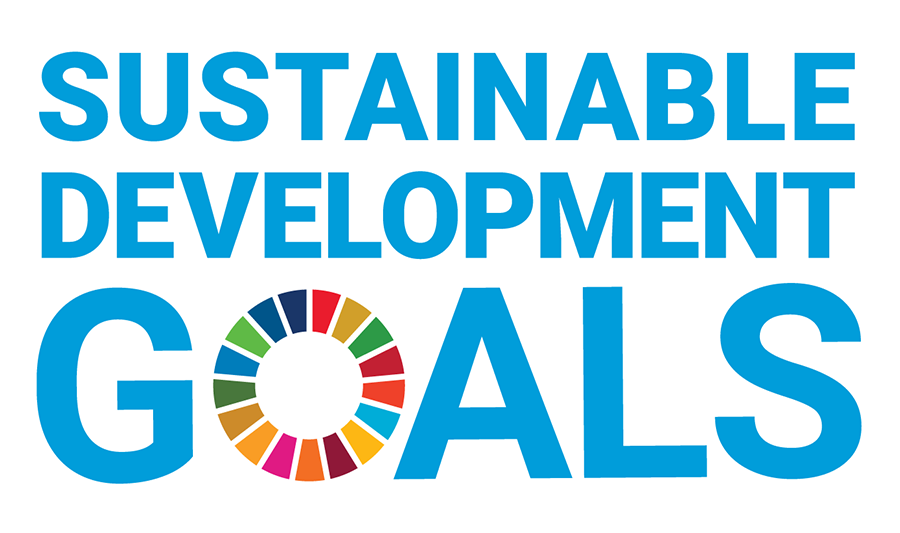Toyota City, Japan, November 14, 2025―Toyota Motor Corporation (Toyota) will further advance two hydrogen engine technologies at the ENEOS Super Taikyu Series 2025 Empowered by BRIDGESTONE Round 7 Super Taikyu Final Thanksgiving Festival, to be held from November 15 to 16.
The race will feature the #32 TGRR GR Corolla H2 concept (hereinafter the "liquid hydrogen-powered GR Corolla"), which runs on liquid hydrogen fuel.
In addition, Toyota is continuously advancing superconductivity technology development to further evolve liquid hydrogen technology, now reaching the stage where vehicles equipped with superconducting motors for liquid hydrogen pumps can operate. We will continue development alongside our partners, aiming to compete in future races.
Toyota will continue moving forward to provide customers around the world with a range of options under its multi-pathway strategy toward achieving carbon neutrality.
Additionally, in conjunction with the Japan-U.S. automotive cultural exchange event organized by the Automobile Business & Culture Association of Japan, vehicles produced in the United States will be displayed in the event plaza during the race period. By providing an opportunity for visitors to experience the appeal of U.S.-market vehicles, Toyota will contribute to the exchange of automotive culture between Japan and the United States.
Advancing Liquid Hydrogen-Powered Engine Technology
The liquid hydrogen-powered GR Corolla achieved significant progress during the ENEOS Super Taikyu Series 2025 Empowered by BRIDGESTONE Round 3 NAPAC Fuji 24 Hours Race, held from May 30 to June 1. These included enhanced safety and weight reduction through the introduction of a new filling valve, and the successful demonstration of a hydrogen engine combustion switching technology. The greatest achievement was completing the race without replacing the pump that pressurizes liquid hydrogen for delivery to the engine, confirming improved durability.
However, increased engine output continued to place a greater load on the pump, presenting durability challenges for continuous operation at maximum output. To reach the next level, Toyota will continue conducting test runs to verify the pump's boost performance and durability even after the 24 Hours Race. In this race, Toyota aims to achieve continuous operation at maximum output.
Toyota is also continuing to develop superconductivity technology to expand the potential of liquid hydrogen technology, and has reached the stage where vehicles can run with a superconducting pump installed inside the fuel tank. Installing a highly efficient, compact superconducting motor inside the tank creates space that can help achieve more than a 1.3-fold increase in tank capacity, leading to improved cruising range. Additionally, improvements in driving performance through reduced weight and a lower center of gravity, as well as a reduction in boil-off*1 volume by eliminating the flange*2 as a heat input source, can be expected.
The -253°C environment unique to liquid hydrogen provides an ideal temperature range for superconductivity, where certain materials lose all electrical resistance when cooled to extremely low temperatures. By maximizing the compatibility between liquid hydrogen vehicles and superconductivity technology, Toyota will greatly expand the potential of hydrogen engine vehicles.
| *1 | When liquid hydrogen fuel stored in the tank vaporizes due to natural heat ingress from outside |
|---|---|
| *2 | Components that fill gaps in pipe joints to prevent leaks |
Exhibiting U.S.-Produced Vehicles
In conjunction with the Japan-U.S. automotive cultural exchange event featuring NASCAR driving sessions hosted by the Automobile Business & Culture Association of Japan, Toyota will display three models popular with many customers in the U.S. at the event plaza on both days, Saturday, November 15 and Sunday, November 16: the Camry sedan, the Highlander SUV, and the Tundra pickup truck. Visitors will be able to see and ride in these vehicles to experience the appeal of U.S.-produced models not sold in Japan.
For related releases issued by the Automobile Business & Culture Association of Japan, Super Taikyu Mirai Organization, and Fuji Speedway, please see the following:
- Automobile Business & Culture Association of Japan
- Super Taikyu Mirai Organization (STMO)
A New Bridge for Japan-U.S. Motorsports Exchange - Plans to Establish New "ST-USA" Class
- Fuji International Speedway Co.,Ltd.
"Achieving zero, and adding new value beyond it"
As part of efforts to pass our beautiful "Home Planet" to the next generation, Toyota has identified and is helping to solve issues faced by individuals and overall society, which Toyota calls "Achieving Zero," hoping to help reduce the negative impacts caused by these issues to people and the environment to zero. Additionally, Toyota is also looking "Beyond Zero" to create and provide greater value by continuing to diligently seek ways to improve lives and society for the future.
- About Beyond Zero
- https://global.toyota/en/mobility/beyond-zero/
Toyota Motor Corporation works to develop and manufacture innovative, safe and high-quality products and services that create happiness by providing mobility for all. We believe that true achievement comes from supporting our customers, partners, employees, and the communities in which we operate. Since our founding over 80 years ago in 1937, we have applied our Guiding Principles in pursuit of a safer, greener and more inclusive society. Today, as we transform into a mobility company developing connected, automated, shared and electrified technologies, we also remain true to our Guiding Principles and many of the United Nations' Sustainable Development Goals to help realize an ever-better world, where everyone is free to move.
- SDGs Initiatives
- https://global.toyota/en/sustainability/sdgs/









